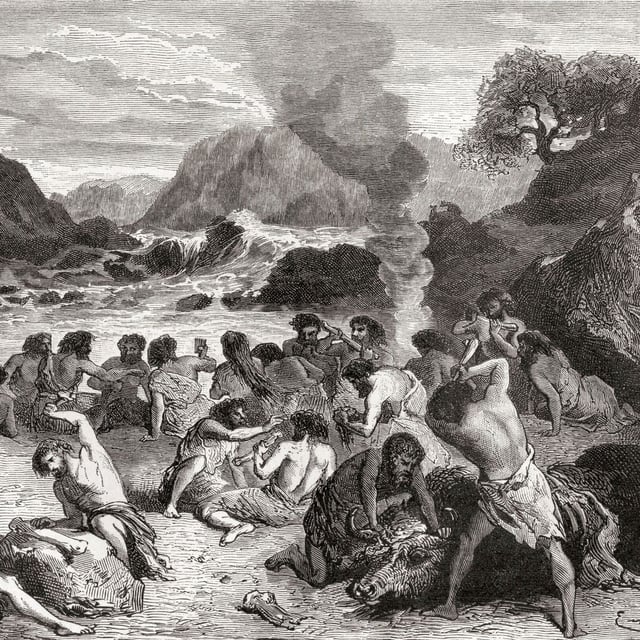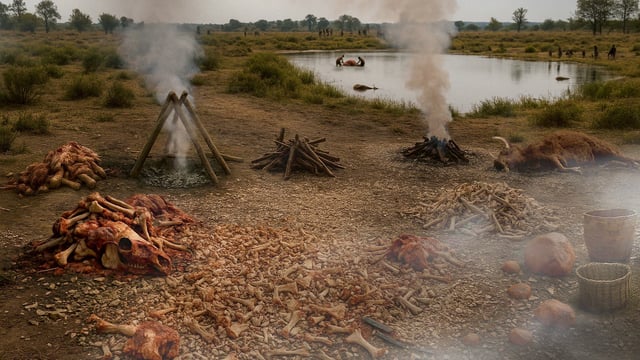Overview
- Archaeologists excavated a 50-square-meter sector at Neumark-Nord near Halle, recovering over 120,000 bone fragments and more than 16,000 stone tools tied to systematic fat processing.
- Cut marks, charcoal, heated stones and altered bone surfaces indicate that Neanderthals crushed long bones with flint tools and boiled fragments to harvest nutrient-rich fat.
- The discovery pushes back the earliest known cooking and preservation technique from about 28,000 years ago in Homo sapiens to roughly 125,000 years ago among Neanderthals.
- Evidence of repeated hunting, targeted transport, seasonal storage and on-site processing suggests strategic resource management to secure vital calories and prevent protein poisoning.
- Published in Science Advances this July, the study has triggered a reassessment of Neanderthal cultural and technological sophistication, highlighting their capacity for long-term planning.



